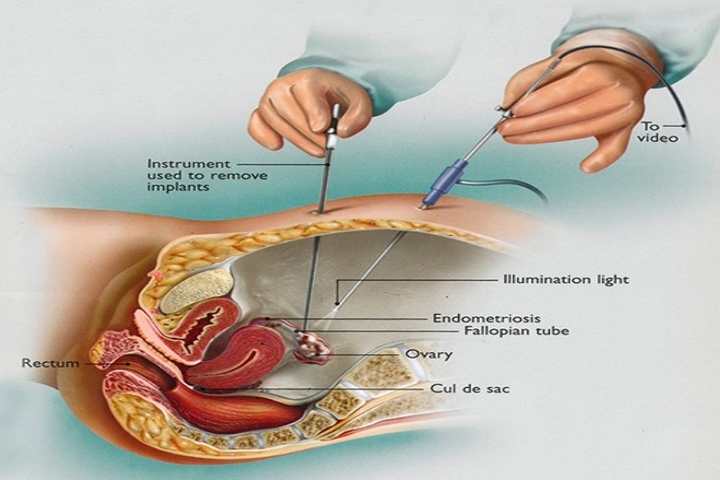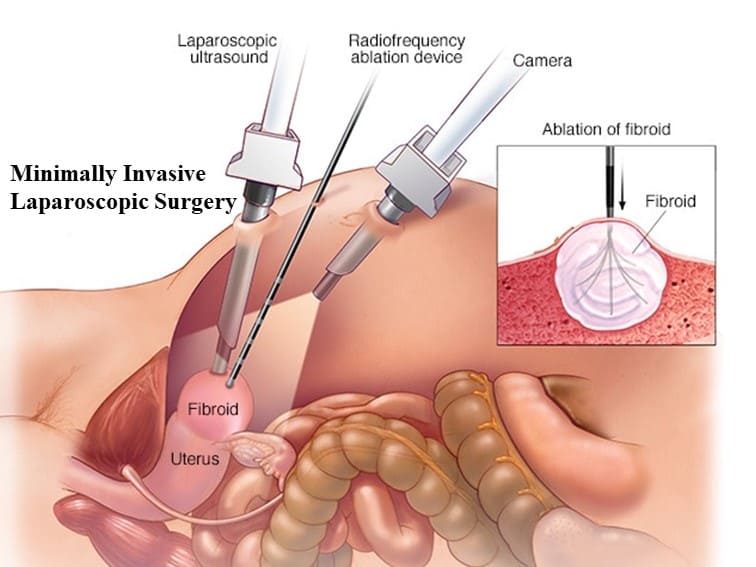
Laparoscopy
Laparoscopy is a surgery that makes smaller cuts than one would imagine. The name derives from the laparoscope. It’s a slim tool with an extremely small video camera as well as a light at the end. When surgeons insert it through a tiny cut and then into the body, they can observe a video monitor and see what’s happening inside your body. Without the instruments, they’d need to create a larger opening. Because of special tools, surgeons won’t access your body. This also means that there will be less cutting.
Have you heard of people talking of “minimally interventional” surgery? Laparoscopic operation is one of them. Doctors initially used it to perform gallbladder surgeries and Gynaecology procedures. Then, it was used to treat liver disease, the intestines, and other organs.


The reason it's done
The doctor may suggest myomectomy to treat fibroids that cause symptoms that can be uncomfortable or disrupt your daily activities. If you need surgery, the reasons for choosing myomectomy rather than a surgical hysterectomy to treat uterine fibroids are:
- You are planning to have children.
- The doctor thinks that fibroids in your uterus could be affecting your fertility.
- You’d like to preserve your uterus.
Here’s an illustration. If you follow the traditional method, it is possible to stay for at least a week in the hospital to undergo the operation of your intestinal, and your recovery may take anywhere from up to eight weeks. If you’re having laparoscopic surgery, it is possible to spend only two nights in the hospital and recuperate in two or three weeks. In addition, a shorter hospitalisation generally is less expensive.
What is the procedure for laparoscopy?
Laparoscopy can be performed under a general anaesthetic. Therefore, there is no pain during the procedure. During laparoscopy, the surgeon creates several small incisions inside the abdomen. They allow the surgeon to place the laparoscope, small surgical instruments, and an instrument to pump gas through the abdomen. It allows the surgeon to determine and perform surgery.
Following the procedure, the gas is released from your abdomen. The wounds are near with stitches and a dressing placed. You can usually return home the same day that you have your laparoscopy, but you might have to stay overnight in the hospital.
The Benefits of laparoscopy
The method of operation has numerous advantages over traditional surgeries. Since it requires less cutting:
- You’ve got smaller scars.
- You will get leave from the hospital faster.
- You’ll experience less pain when the scars heal, and they heal more quickly.
- You can return to normal activities faster.
- There may be less scarring on the inside.

